Sunday Nov 16, 2025
Sunday Nov 16, 2025
Saturday, 23 August 2025 00:21 - - {{hitsCtrl.values.hits}}
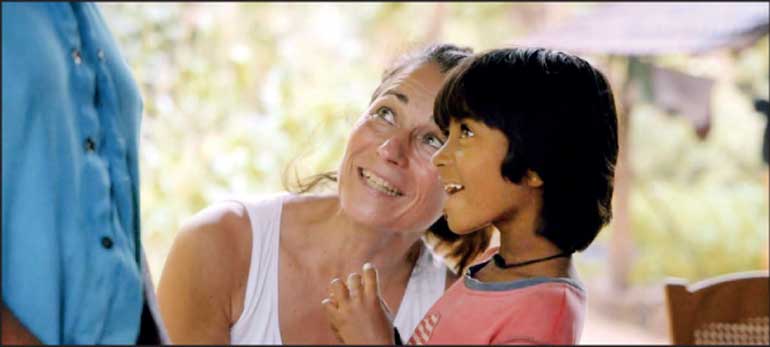
Connection of humans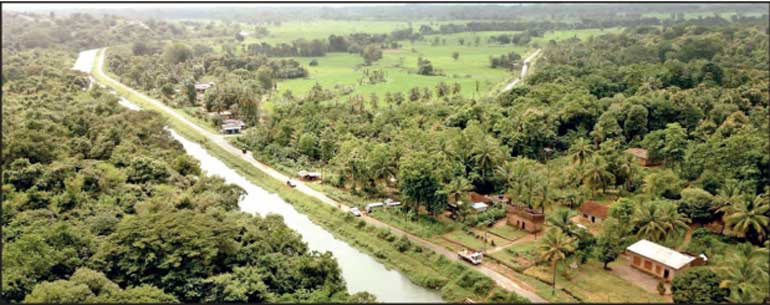
Scenic Lanka as seen in the documentary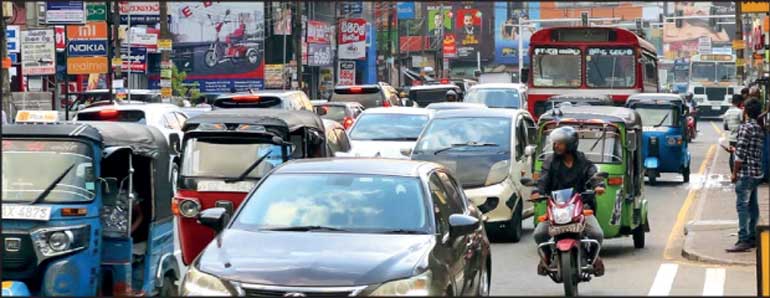
Traffic of Colombo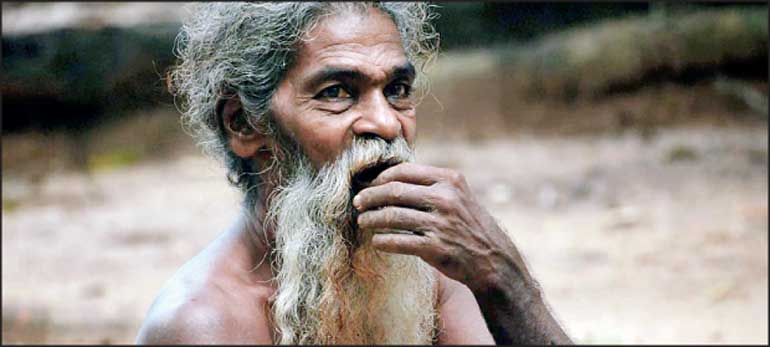
Documentary visuals of the Veddha community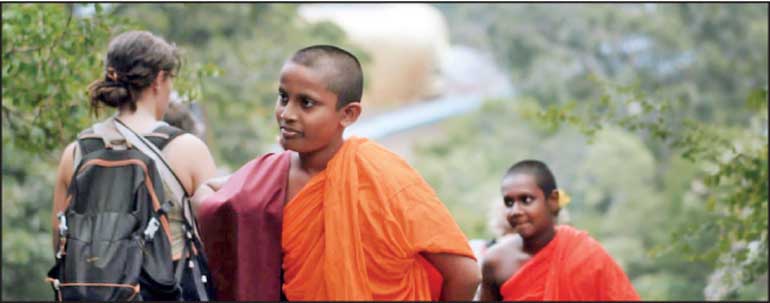
Some stills from the documentary film on Sri Lanka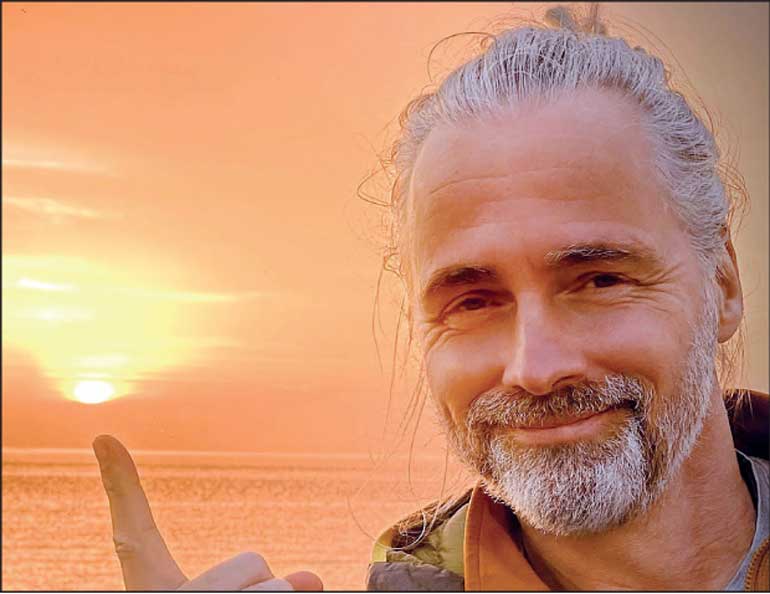
Filmmaker Tilo Wondollek
Today we explore the connections between documentary film and tourism, as we present an interview with Tilo Wondollek, a German creative professional specialising in international communication, who shot a documentary film in the unique setting of Sri Lanka earlier this year. The film presents the country as a new kind of travel experience and focuses on travellers’ encounters with the indigenous community – the Aadi Vaasis, also known as Veddhas, and includes testimonials from various German and European visitors to the country.
Tilo Wondollek, born in1964 in Stuttgart, studied graphic design in Munich. He developed international marketing and design strategies for over 20 years and organised conferences on the topic of awareness development in business.
In addition to his commercial film work for companies, he has been devoting himself increasingly to documentary film production in the areas of camera, editing, directing and production since 2014. Concentrating on areas of social and economic awareness development and sustainable living, he travels with his own film equipment and expedition vehicle.
In this interview Tilo recounts the potential of finding meaning through the artistic realm, mainly the art of documentary filmmaking, his chief passion. The interview also looks at how a country or institution can use the medium of documentary film making to influence meaningful changes on issues that need societal attention or discussion.
Tilo’s latest documentary, on Sri Lanka, filmed earlier this year titled Hondamai, and showing the natural beauty of the nation, Buddhist heritage, cultural diversity and the life of the Veddhas was produced by German national Annette Muller. The initiative was backed by her school Ecole San Esprit which has for two years selected Sri Lanka as the destination for the graduation ceremony of their students, adult professionals who seek to explore the vast expanse of energy healing.
Below are excerpts of the interview.
Q: Could you speak of your work and evolution as a filmmaker?
A: Films have fascinated me since my early childhood. Telling visual stories myself, being able to contribute my own talents and thereby create creative “worlds” and spaces for experiences, fulfils me.
What is essential for me is that the stories touch me in the same way that movies and documentaries have done in the past.
The most important aspects that continue to shape me and my work today are personal challenges and the opportunities to overcome them. It is therefore about personal development and transformation of consciousness. The films “Egg-volution” and “Wolfman”, which were produced exclusively in-house, took part at several international film festivals successfully.
Q: Do you have your own company?
A: In 2011 I founded the entrepreneurial community Unternehmer Meines Lebens (entrepreneur of my life) and my documentary film making company is called Two Wings.
Q: Could you elaborate on the type of films you make?
A: For thousands of years, people in all cultures have been telling stories. These stories often have something inspiring, touching, and authentic, tied to a common humanity that makes a person think and thereby has a strong impact.
I see it as my calling to use my creative talents precisely for this purpose; to be a mindful observer, a contemporary witness, and a cinematic storyteller. Documentary film, is therefore my medium of choice. My company, Two Wings – Touching Movies, stands for moving stories of people who have something to say that inspires, stirs, and encourages. And thereby touch other people.
The aesthetics of beautiful, intense images, harmonious sounds and music, and the final composition of such a work is what inspires me. That’s why I also attach great importance to the sound and music, some of which I create myself.
Q: What do you think could be the power of the art of documentary film makers across borders of prejudice and nation state related conflicts of the world?
A: For me, the greatest power lies in films that bear witness to their time, that accompany people and experiences, that approach such conflicts in a mindful and conscious manner. Through this process, which is much more than just the transfer of knowledge, a space is created that, in the best case scenario, can spare others this intense experience and, as a source of inspiration, point the way to new paths.
Q: Could you elaborate on some of your work?
A: In my film “Egg-Volution,” a group of eco-pioneers demonstrates that, beyond the globally established chicken farming scenarios, courage and trust can enable a return to an original and natural solution.
In the series “The Golden Ticket Journey,” we meet a world traveller who turned down a promising banking career to become an ambassador for Mother Earth and travel around the world. These films encourage people to follow their hearts and thus live a fulfilling life for themselves, while at the same time being a blessing for humanity.
Q: Could you explain how the documentary on Sri Lanka and the Veddhas came to be and the main producing entity.
A: Producer Annette Müller invited me to create the film based on very positive experiences working on previous film productions with me. She commissioned me to take the lead in creating this film from the outset in the areas of directing, camera work, and editing.
Since such a production is somewhat more complex, I also took on the additional role of co-producer to ensure that it could actually be realised in this form.
However, none of this would have been possible if Annette hadn’t already had experience and contacts in Sri Lanka and, as the idea generator and initiator, made this trip and this story possible. It was and is her idea, her preparation, and her commitment beyond the scope of a producer’s work. I am very grateful to her for that.
Q: So you arrived earlier this year with the Healers Beyond Boundaries to shoot the film on Sri Lanka?
A: Yes. The opportunity to travel to this beautiful country, about which I had heard only positive travel reports for many years, and at the same time to delve deeper into its history, had raised certain expectations in advance. Especially when traveling to an unfamiliar environment with different cultures, accompanied by a climate that takes some getting used to and a new time zone, I found the encounters with the people to be pleasant and relaxing. Despite the behaviour in traffic, which seemed rather strange to us Europeans, I never felt unsafe, as most road users seemed to be careful.
Q: I understand you visited many places in Sri Lanka on your own prior to shooting the film mostly in Dambana. Can you comment on your travels?
A: When it came to filming, it was important to me to get to know the country and its people beforehand. To do this, I first travelled to the northwest of the island, to Mannar Island and Adams Bridge, following in the footsteps of the Ramayana story, and also enjoyed the coastal area.
The northeast near Trincomalee offered further insights. In general I visited Buddhist temples, Hindu places of worship and mosques,
The journey through the interior of the country with its agricultural crops (tea, rice, coconut palms and bananas) and endless fertile greenery were pleasing to the eye. After traveling to the southern jungle area of Sinharaja, the preparatory tour then came to an end in Colombo with many impressions that were not merely cinematic. From here I joined Annette and her students for filming the documentary based on their experiences of the country.
Q: Much of the documentary shot by you have many culture related and other scenic pics and could well be used as tourism promotion excerpts for Sri Lanka. Could you comment on how you found Sri Lanka from a tourism standpoint?
A: My tourist perspective is, for professional reasons alone, focused through the eyes of a filmmaker on beauty, the extraordinary, and the special—both in the big picture and in the details. Here, Sri Lanka offers an incredible diversity of cultures, history, nature, fauna, and flora, and special people. As a gateway to the Far East for Europeans, it is an easy yet intense introduction for me, leaving a deep impression on all the senses. The architecture, landscape, scents, and smells, not to mention the culinary aspect, remain unforgettable. I tried to recreate the dishes at home for weeks afterwards.
Q: Could you elaborate on the exposure to the Veddhas which the film focusses on?
A: I had already studied the indigenous culture and the Adivasi people beforehand and had many images in my head. But my first encounter in Dambana was rather sobering. I had the impression that they shared the same fate of indigenous people worldwide.
Upon closer encounter, however, I sensed great warmth and wisdom shining through the apparent hopelessness of their situation confronting modernity and the accompanying process of adaptation. This may certainly be part of my own interpretation.
Visiting other villages and gaining insight into their current living conditions affected me deeply.
Q: Is this your first documentary with the Ecole San Esprit?
A: In my role as director, cameraman, and editor, yes. Previously, I had worked as an editor for the documentary “Hu – Man – Healing Journey to be Human,” which received several awards at film festivals